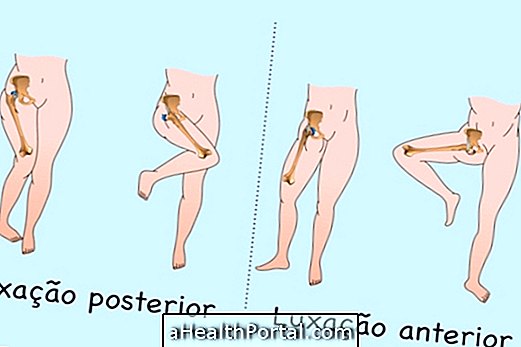Non-Hodgkin's lymphoma is a type of lymphatic cancer that has about 80% cure, especially if it is discovered early and if your treatment is started as soon as possible. In most cases the treatment is done with the combination of chemotherapy with radiotherapy or with the use of monoclonal antibodies and cytokines.
Indolent non-Hodgkin's lymphomas, although they develop more slowly, are more difficult to cure and aggressive non-Hodgkin's lymphomas develop very rapidly but are usually easier to cure, especially when the disease is first discovered and is properly handled.
Understand what a non-Hodgkin's lymphoma is.
Patients with indolent non-Hodgkin's lymphoma also have a good chance of cure if they are given the correct drug earlier. To find out what this medication is, doctors may need some time to correctly classify the type of non-Hodgkin's lymphoma that the individual has, but this time will be rewarded for the significant improvements that the correct drug will bring. See the remedies that can be used in: Treatment for non-Hodgkin's lymphoma.

Prognosis in case of non-Hodgkin's lymphoma
The prognosis for non-Hodgkin lymphoma is highly individualized, as it depends on a number of factors such as the type of tumor the individual has, their staging, the individual's overall health, the type of treatment being performed, and when it was started.
The survival rate for this type of tumor is high but varies according to:
- Age: The older the person, the greater the chances of no cure;
- Tumor volume: when more than 10 cm, the chances of cure are worse.
Thus, people over 60 years of age who have tumors over 10 cm are less likely to heal and may die in about 5 years.
Low-grade lymphomas are indolent and usually have no cure and may have metastases, some examples being: follicular lymphoma, marginal zone lymphoma, lymphocytic lymphoma, lymphoplasmacytoid lymphoma. These can take years to manifest, and because they are less aggressive, the individual can live more than 10 years with it, but these are much harder to heal because they do not respond well to the treatments available.
High-grade lymphomas are more aggressive but are easier to cure and although they may lead to death within a few months, if left untreated, they respond well to radiation therapy and chemotherapy. Some examples are: Burkitt's lymphoma, lymphoblastic lymphoma and diffuse large B-cell lymphoma.
See which symptoms may indicate lymphoma, and identify the problem early: Symptoms of non-Hodgkin's lymphoma.
























